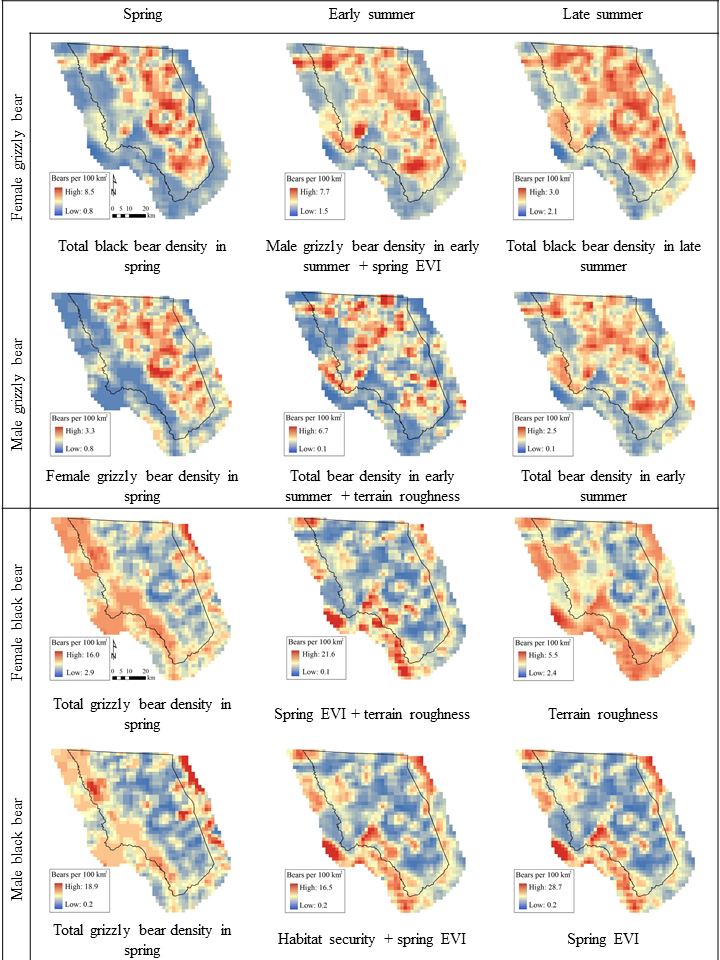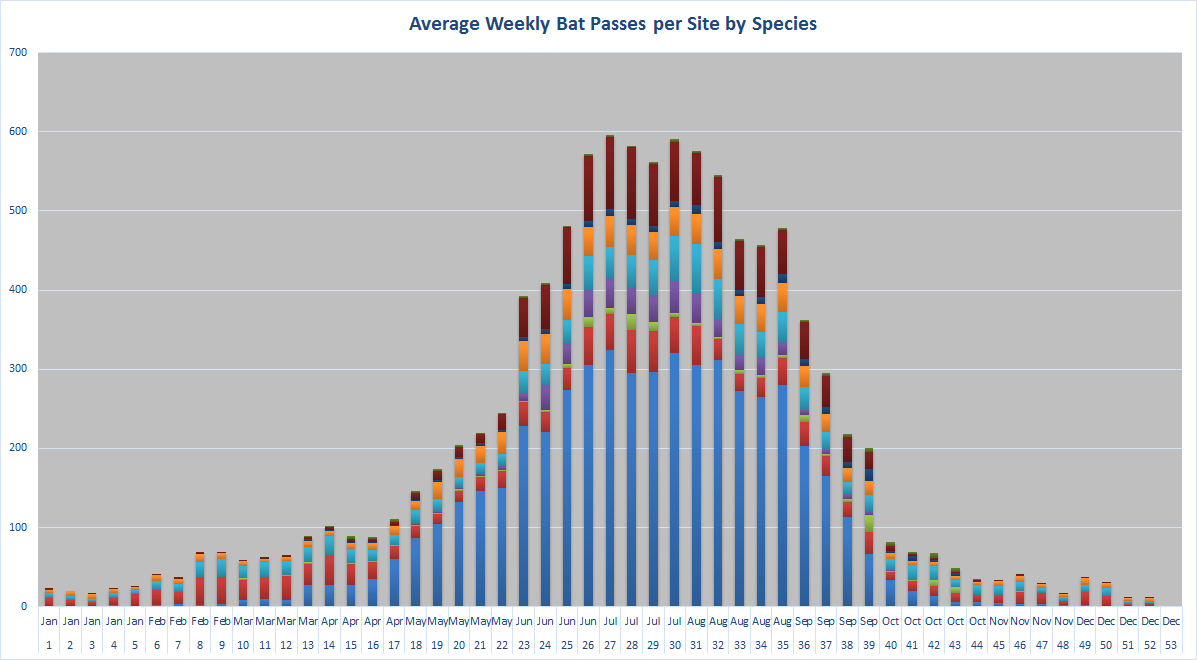Difference between revisions of "Featured research"
From Montana Tech High Performance Computing
| Line 7: | Line 7: | ||
''' [[Grizzly Bear Population Modeling]] ''' | ''' [[Grizzly Bear Population Modeling]] ''' | ||
<p align="justify"> | <p align="justify"> | ||
| − | Dr. Jeff Stetz is a research ecologist who specializes in the development and application of advanced population monitoring tools to both answer general ecological questions and to inform conservation and management of large mammals. His recent work uses detection data of grizzly and American black bears in the Glacier National Park region in conjunction with spatially-explicit capture-recapture (SECR) statistical methods to help explain the variation in seasonal density patterns of these sympatric (overlapping in space) species. | + | Dr. Jeff Stetz is a research ecologist who specializes in the development and application of advanced population monitoring tools to both answer general ecological questions and to inform conservation and management of large mammals. His recent work uses detection data of grizzly and American black bears in the Glacier National Park region in conjunction with spatially-explicit capture-recapture (SECR) statistical methods to help explain the variation in seasonal density patterns of these sympatric (overlapping in space) species. The SECR modeling framework and the relatively large size of the datasets required a tremendous amount of computational capacity, with some single models requiring several weeks to converge. Without the large amount of RAM, multiple cores, and processing speed, these analyses would have been impossible. </p> |
</div> | </div> | ||
<div class="small-2 columns"></div> | <div class="small-2 columns"></div> | ||
| Line 18: | Line 18: | ||
''' [[Montana Bat and White‐Nose Syndrome]] ''' | ''' [[Montana Bat and White‐Nose Syndrome]] ''' | ||
<p align="justify"> | <p align="justify"> | ||
| − | + | The researchers at Montana Natural Heritage Program deployed a network of ultrasonic acoustic detector/recorder stations at more than 75 sites in the past 6 years. Each detector recorded nightly bat passes across all seasons. As of August 2017, over 10 million full spectrum sound files have been recorded, totaling over 50 TB of call data. In order to efficiently interpret these data, they use software to complete automated analysis of recorded bat calls. This software examines and measures hundreds of attributes of the echolocation calls in each sound file and assigns tentative species identification to calls when appropriate. Using the HPC, they were able to reanalyze millions of bat call files with the most up-to-date methods and this process was completed in days instead of years.</p> | |
</div> | </div> | ||
<div class="small-1 columns"></div> | <div class="small-1 columns"></div> | ||
</div> | </div> | ||
Revision as of 16:03, 20 September 2017
Below are some research projects that has utilized our HPC. Contact us if you want your projects list here.
Grizzly Bear Population Modeling
Dr. Jeff Stetz is a research ecologist who specializes in the development and application of advanced population monitoring tools to both answer general ecological questions and to inform conservation and management of large mammals. His recent work uses detection data of grizzly and American black bears in the Glacier National Park region in conjunction with spatially-explicit capture-recapture (SECR) statistical methods to help explain the variation in seasonal density patterns of these sympatric (overlapping in space) species. The SECR modeling framework and the relatively large size of the datasets required a tremendous amount of computational capacity, with some single models requiring several weeks to converge. Without the large amount of RAM, multiple cores, and processing speed, these analyses would have been impossible.
Montana Bat and White‐Nose Syndrome
The researchers at Montana Natural Heritage Program deployed a network of ultrasonic acoustic detector/recorder stations at more than 75 sites in the past 6 years. Each detector recorded nightly bat passes across all seasons. As of August 2017, over 10 million full spectrum sound files have been recorded, totaling over 50 TB of call data. In order to efficiently interpret these data, they use software to complete automated analysis of recorded bat calls. This software examines and measures hundreds of attributes of the echolocation calls in each sound file and assigns tentative species identification to calls when appropriate. Using the HPC, they were able to reanalyze millions of bat call files with the most up-to-date methods and this process was completed in days instead of years.


